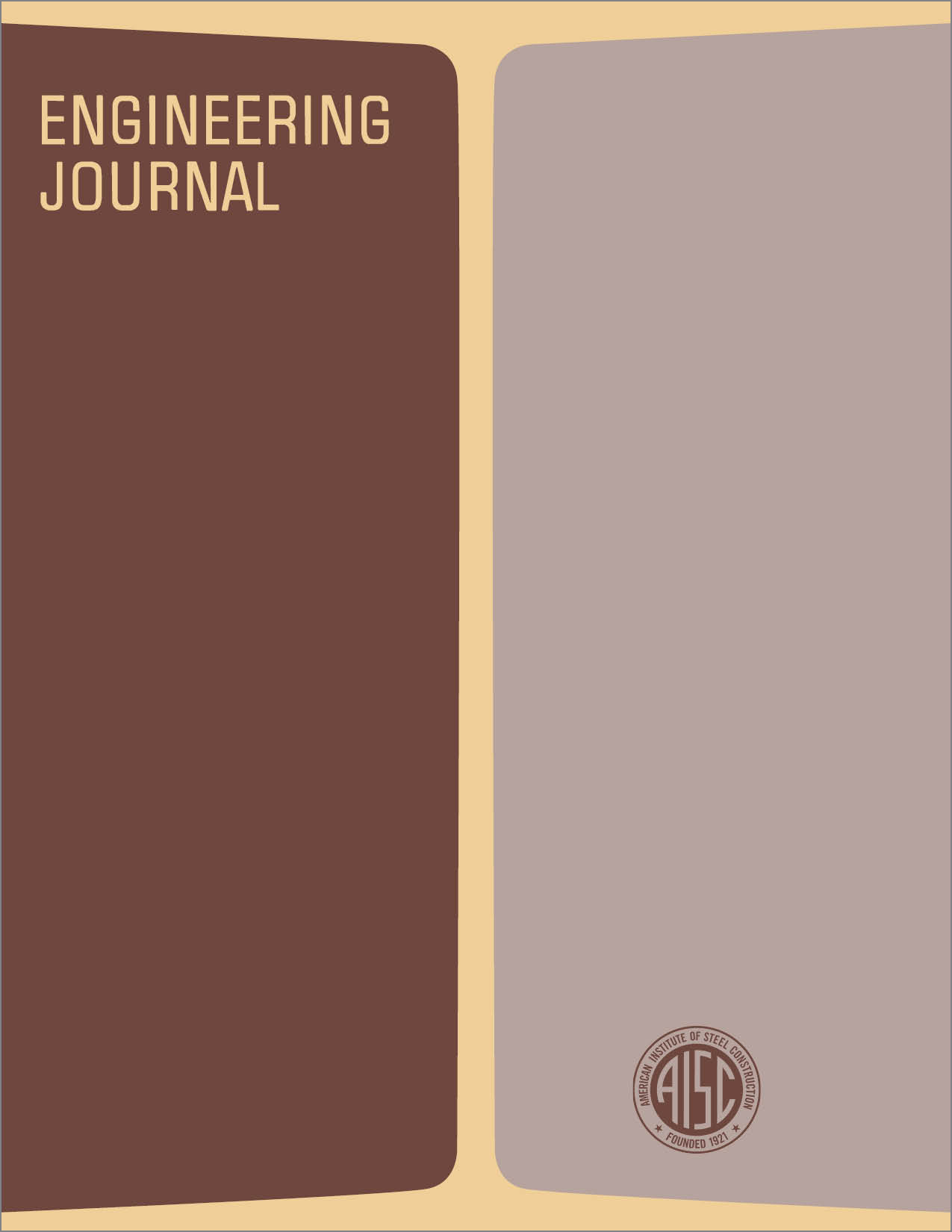Connections Between Steel Frames and Concrete Walls
DOI:
https://doi.org/10.62913/engj.v18i1.356Abstract
Theoretically, the most desirable connection between a moment resistant steel frame and concrete shear wall is a rigid connection. With such connections the frame-shear wall system can be made stiffer and the members lighter than with flexible frame to shear wall connections. However, in practice those benefits are likely to be accompanied by a decrease in the rotational capacity of the connection and the increase in the likelihood of a brittle failure of the connection. Those disadvantages are an important consideration for structures located in high risk seismic zones. Flexible frame-wall connections result in a more flexible structure and require larger member sizes than rigid connections. However, flexible connections can be designed so as to have reliable strength and ductility characteristics. Reliable design characteristics can be achieved with the procedures developed and experimentally verified in this paper.

